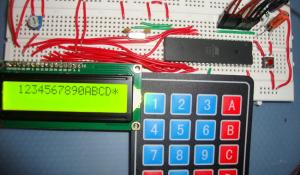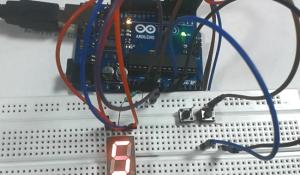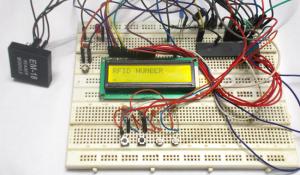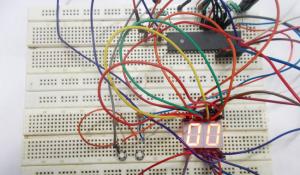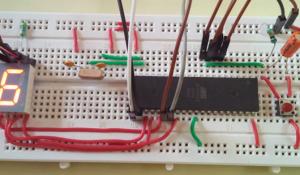By textbook definition, Embedded Electronics can be defined as a system that “Integrates Hardware circuitry with software programming techniques to provide real-time solutions”. From age old pocket calculators to advanced automobile and security devices the applications of Embedded System continue to show a strong progress.
In this section we will discuss about the various embedded controllers and embedded development platforms including, but not limited to Arduino, Raspberry Pi, NodeMCU, ESP32, Microchip, AVR, ARM, MSP430, STM32, STM8S, Nuvoton etc. It also updates the readers with latest Embedded News and technology trends to help them plan and design their Embedded Projects with ease.
Keypads are widely used input devices being used in various electronics and embedded projects. They are used to take inputs in…
In this tutorial we are going to discuss and design a circuit for measuring distance. This circuit is developed by interfacing…
In this project we are going to design a 25V range digital voltmeter by using ATMEGA32A microcontroller. In ATMEGA, we are…
We all are familiar with dice and often played LUDO or SANP SIDI (Snake & Ladders) game by using dice. Dice is a squire…
We know in offices, shopping malls and in many other places where only the person with authorization card is allowed to enter…
If you are looking for a beginners guide on “How to start with 8051 Microcontroller”, here in this article I will show you…
Ultrasonic sensors are great tools to measure distance and detect objects without any actual contact with the physical…
In this project we are going to design a circuit for measuring temperature. This circuit is developed using “LM35”, a linear…
In this tutorial we are going to design a 0-99 counter by interfacing two seven segment displays to ATMEGA32A…
We know in offices, shopping malls and in many other places where only the person with authorization card is allowed to enter…
While LPG is an essential need of every household, its leakage could lead to a disaster. To alert on LPG leakage and prevent…
Seven segment displays are important display units in Electronics and widely used to display numbers from 0 to 9. It…

